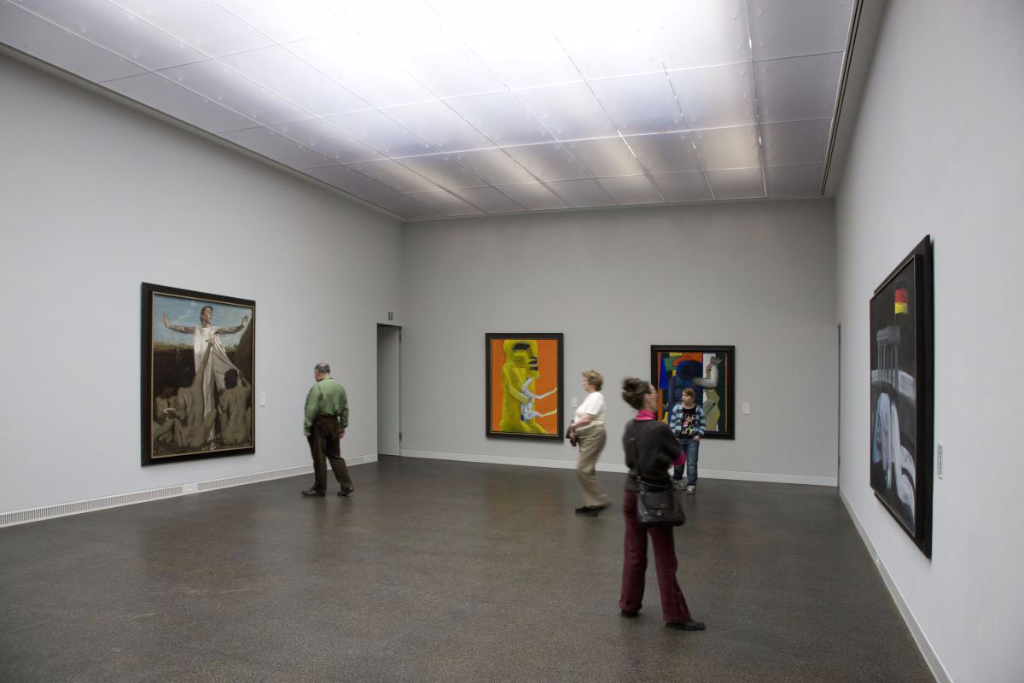Six and a half metres long, weighing four tonnes and pretty loud: nobody would actually want a pantograph hand-operated embroidery machine in their house, but the Heckel family from Rempesgrün had no choice. Up until the 1950s, they earned their living with this monstrous machine, which stood right next to the kitchen. When the market for the Heckels’ embroidered products dried up, the machine found a new home in Chemnitz’s Museum of Industry. It is now part of an impressive collection that illustrates Saxony’s industrial history in remarkably vivid ways. In fact, stories and histories are a frequent theme in Chemnitz, although the perspective continually changes.
A petrified forest of 291-million-year-old trees dating from prehistoric times is just one of the exhibits that can be admired in the Museum of Natural History in the DAStietz Kulturkaufhaus. A stroll around the Kaßberg district is also recommended in between visiting museums. This densely populated neighbourhood on the banks of the Chemnitz river is one of Germany’s most important late 19th century and Art Nouveau districts and will be of interest to tourists and architecture enthusiasts alike.
There’s one more must-see on the list for art lovers before they leave Chemnitz: the outstanding collection of modern and Expressionist works housed in the Gunzenhauser Museum. Opened in 2007, the building has already become one of the most renowned addresses of its kind. Its collection includes 2,459 works of art by 270 artists from the 20th century, amassed by Munich art dealer Alfred Gunzenhauser. The collection is notable for a large number of paintings by Otto Dix.
Interested in museums? www.chemnitz-tourismus.de

